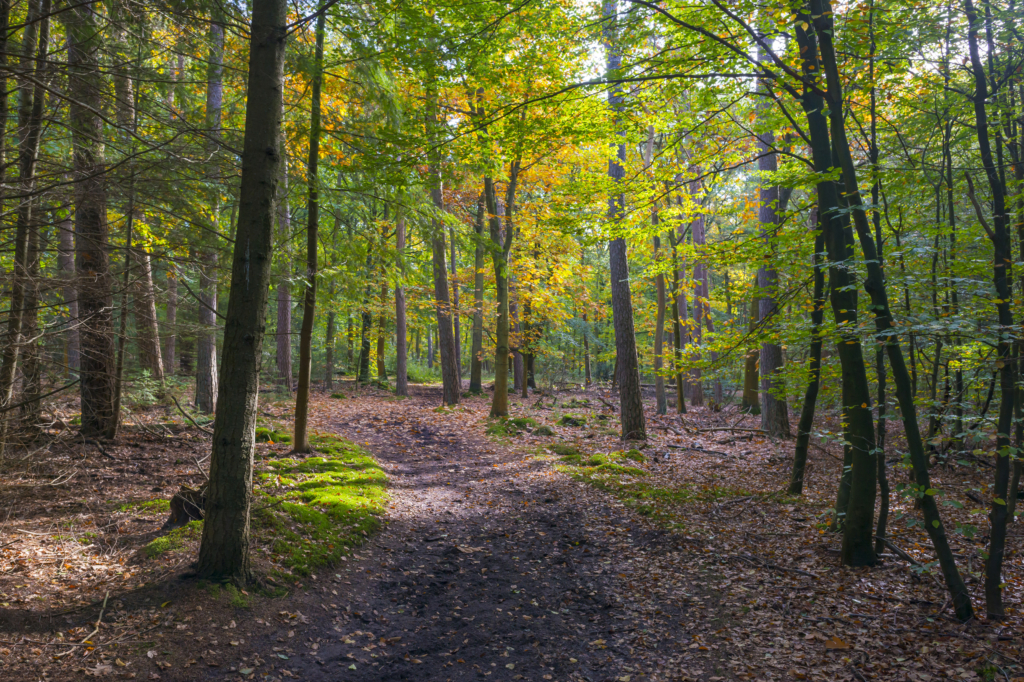A multi-front effort to create no-net-loss forest conservation policies in Maryland counties is challenging the development community to influence, understand and adapt to a varied and changing array of regulations.
Efforts to greatly expand the preservation of specimen trees in Howard County failed in January when the county executive vetoed the legislation and county counsellors defeated a veto override vote. But in Howard, Anne Arundel and other counties, debates continue about how to implement or even exceed state forest conservation laws in the face of environmental and development issues.
After months of consultations, Park and Planning officials in Montgomery County are slated to draft new, proposed forest conservation regulations in January. The regulatory review was sparked by calls from a coalition of environmental groups, headed by the Chesapeake Bay Foundation.
 Park and Planning officials have been receptive to policy suggestions from everyone who has participated in public workshops, including representatives of the development and construction industries, said Matthew Wessel, Senior Director of Rogers Consulting and Chair of the Environmental Committee for the Maryland Building Industry Association. “They want to balance forest preservation with redevelopment and not disincentivize development projects, so I think we can come to a compromise.”
Park and Planning officials have been receptive to policy suggestions from everyone who has participated in public workshops, including representatives of the development and construction industries, said Matthew Wessel, Senior Director of Rogers Consulting and Chair of the Environmental Committee for the Maryland Building Industry Association. “They want to balance forest preservation with redevelopment and not disincentivize development projects, so I think we can come to a compromise.”
Reaching an agreeable compromise, however, will require county staff and legislators to resolve several thorny issues.
“A major issue is what problem are we trying to solve here because there really isn’t a lot of forest loss going on in Montgomery County,” Wessel said.
County analysis of forest conservation concluded that Montgomery County lost 1,500 acres of forest from 1994 when the state forest conservation act was passed, to 2021. Of that amount, however, only 100 acres were lost in the last 10 years because current developments in the county tend to be redevelopment or infill projects, he said.
Addressing even that limited forest loss is challenging in a county with large areas of high-density development. One proposal before the county is to increase afforestation – namely, planting tree stands on property that hasn’t contained any forest for the last 50 years.
“Typically, the threshold for afforestation is 15 percent of your site becomes forest, which doesn’t make sense in downtown Bethesda or Chevy Chase,” Wessel said.
Developers, he said, could meet the afforestation requirement by contributing to a forest bank “but there is really no forest banking left in Montgomery County. So instead, they would have to pay the in-lieu fee which is $1.30 per square foot. That will drive project costs up and those costs will ultimately get passed along to tenants or buyers in a county that already has an affordable housing crisis.”
Proposals to preserve and plant forest within urban watershed areas face similar challenges with lack of available land or forest banking options. The requirements also reduce development yields making it more difficult to accommodate job and household growth inside designated growth areas.
Wessel hopes that some promising concepts will make it into the draft regulations. Those include allowing context-sensitive approaches to afforestation such as adding street trees and landscaping trees to development sites, providing developers with additional credit for improving low-quality forests and “upping the forest conservation threshold in less densely zoned areas which makes sense because that’s where the forests are and that’s where they should be protected,” he said.
Efforts to implement no-net-loss forest conservation regulations in other counties have left developers facing a patchwork of varied and sometimes difficult requirements.
Howard County prioritizes reforestation within “very small, 12-digit watershed areas,” said John Canoles of Eco-Science Professionals.
If land is not available, developers can reforest in other areas but are required to double the size of the reforestation. Alternately, developers can contribute to forest banks (also at double the reforestation rate if the bank is outside the watershed) or pay an in-lieu fee of $1.25 to $1.50 per square foot of developed space.
“It is definitely increasing the cost of development,” Canoles said, adding that reforestation requirements for some projects in Howard and Anne Arundel counties have amounted to double the size of the site being developed.
Varied conservation requirements among Central Maryland counties also create confusion and challenges for some development projects.
“From one jurisdiction to another, the in-lieu fees are different, thresholds are different, rules about specimen trees are different. It makes it harder for development interests from out of state to fully grasp the implications of developing in a particular location,” Canoles said. “Many times, we have seen national commercial and residential developers use national engineering firms to do preliminary assessments of properties. Those assessments can be way off if the company previously did a project in Baltimore County and doesn’t appreciate the different requirements and expenses in Howard County.”
Both Canoles and Wessel say one decision by the Maryland General Assembly in 2021 further complicated forest conservation for developers. Legislators voted to suspend the option to meet forest conservation requirements by placing existing forest into a forest bank until a study on state-wide forest resources is completed.
“Banking existing forest was a huge win-win scenario,” Wessel said. “It was a market-based incentive to preserve hundreds and thousands of acres of existing forest.”
Frederick County officials, he noted, are hoping to get state legislators to reverse that decision during the 2022 General Assembly session.